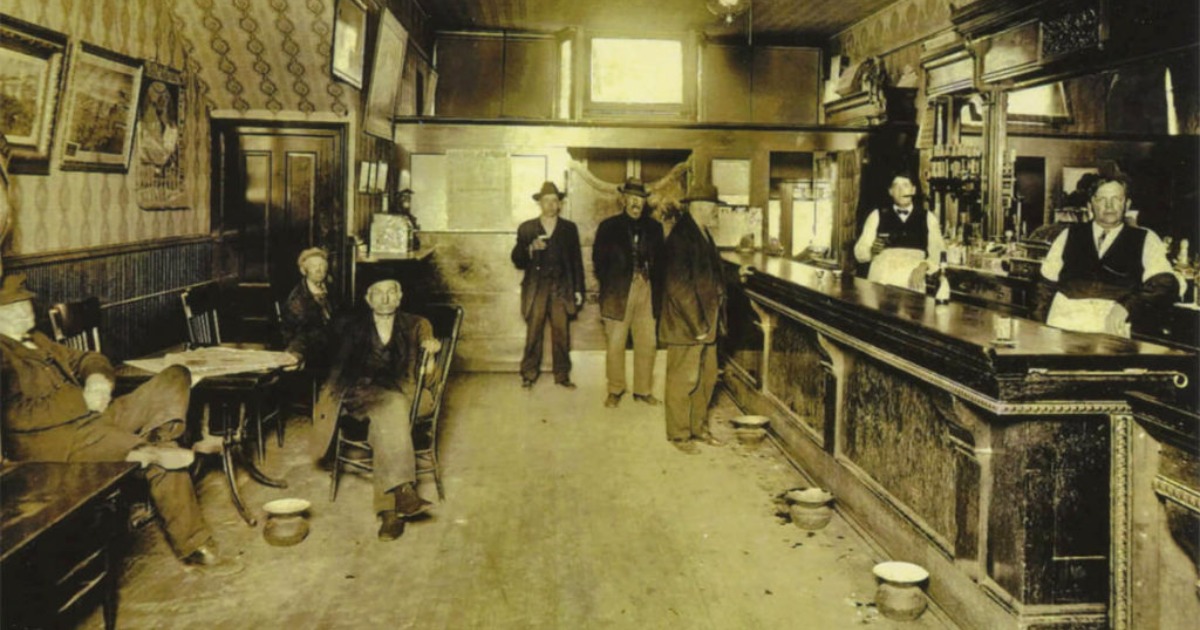The image of the American frontier and old west saloons, stretching from the latter decades of the 19th century to the early years of the 20th century, is unimaginable without the saloon.
They were in places in the Southwest where Mexican cantinas had already popped up, but the saloons were the dirty pulsing heart of the frontier, especially as the number of pioneers steadily grew. The first “real saloon” was Wyoming’s Brown’s Saloon, close to the border running between Wyoming, Utah, and Colorado, at Brown’s Hole. It opened in 1822 and served drinks mostly to fur trappers.
Another of the early American frontier’s saloons was at Bent’s Fort in Colorado, which opened in the latter part of the 1820s. Here, the most regular customers and noise-makers were soldiers. Miners favored places like California’s Santa Barbara, especially after gold was found in the area by the end of the 1840s. In a matter of a few years, the community there blossomed and people could opt between at least 30 different local saloons. And cowboys? They were regulars in places such as Kansas’s Dodge City.
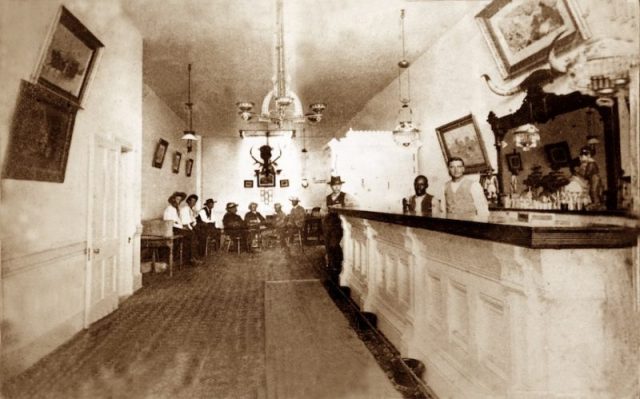
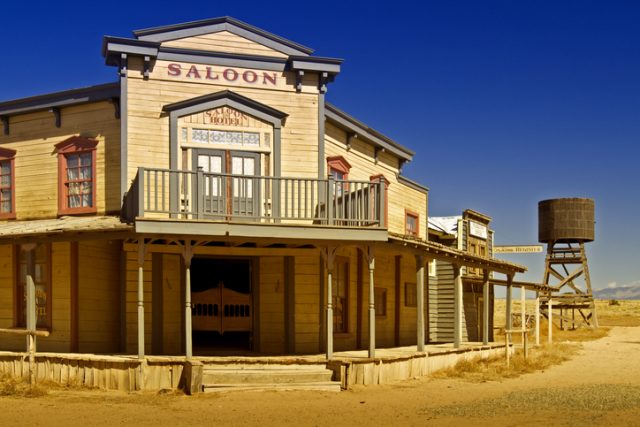
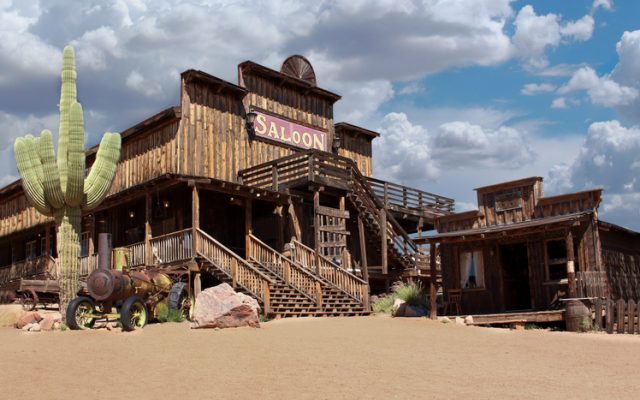
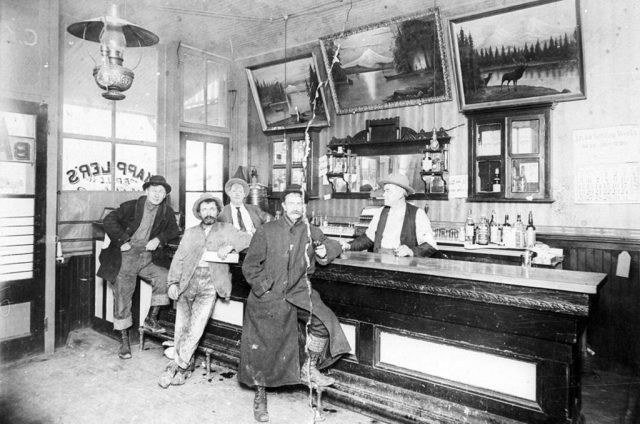
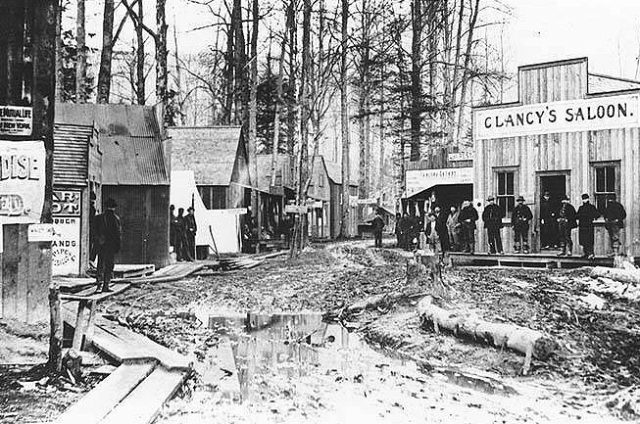
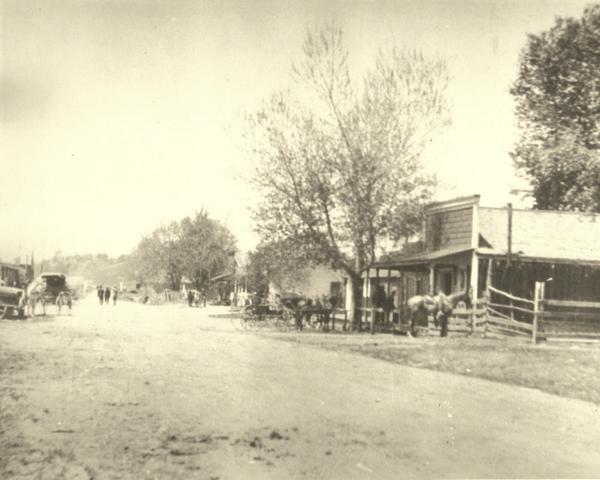
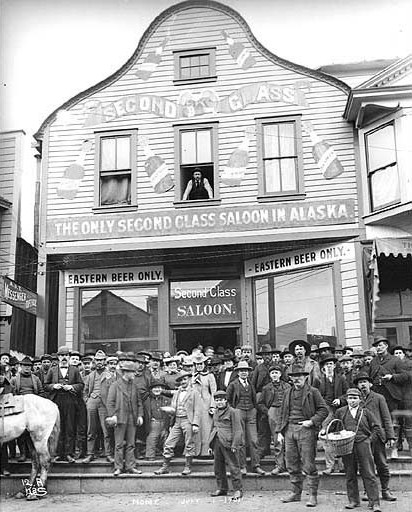
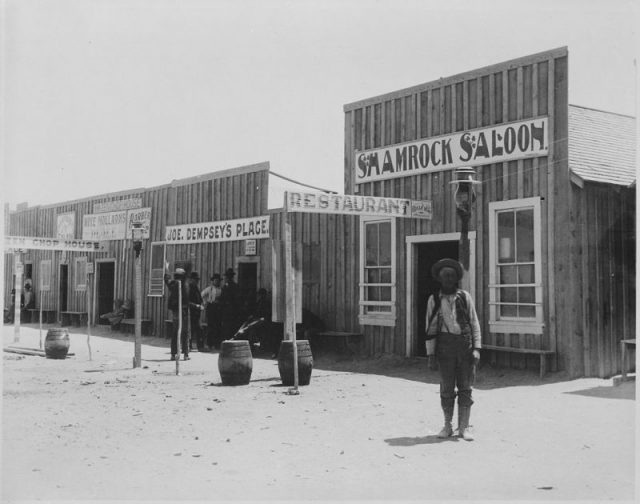
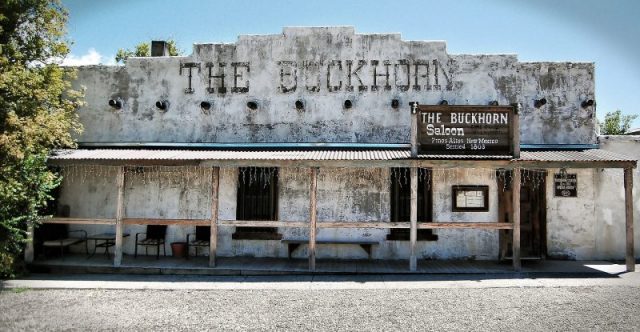
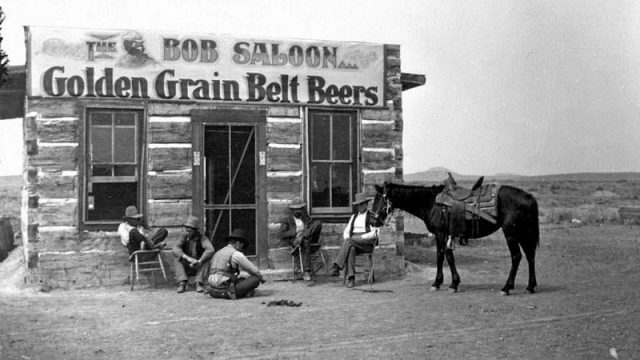
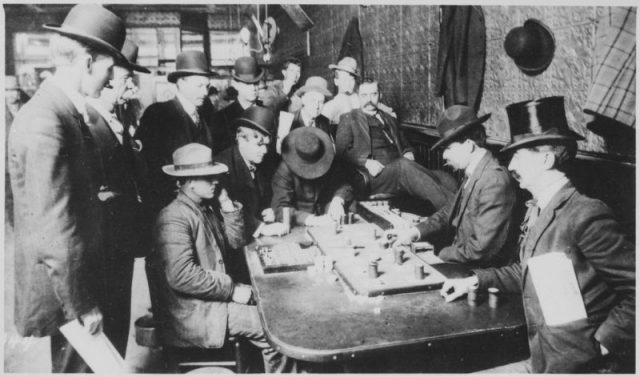
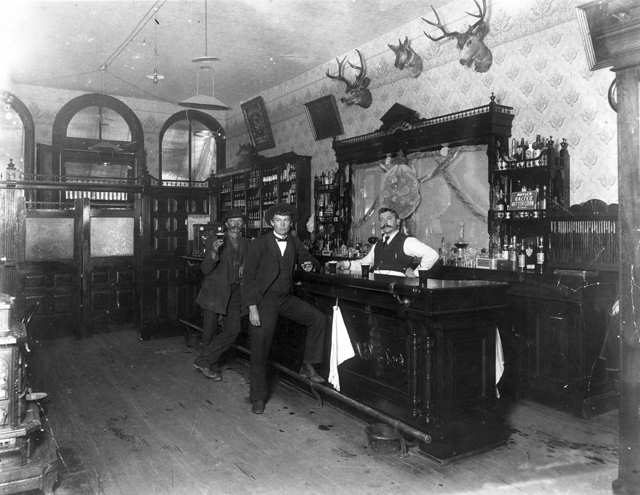
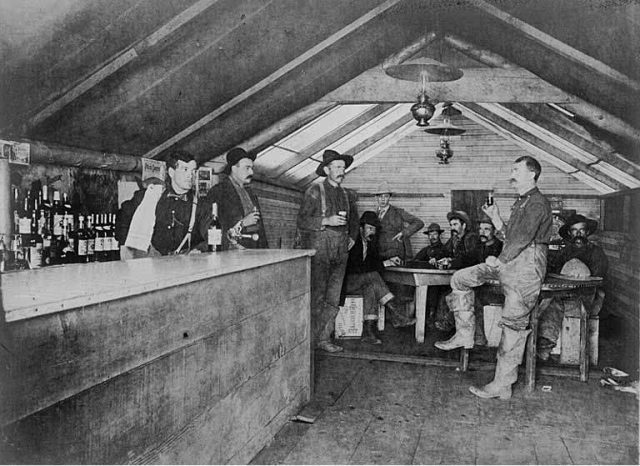
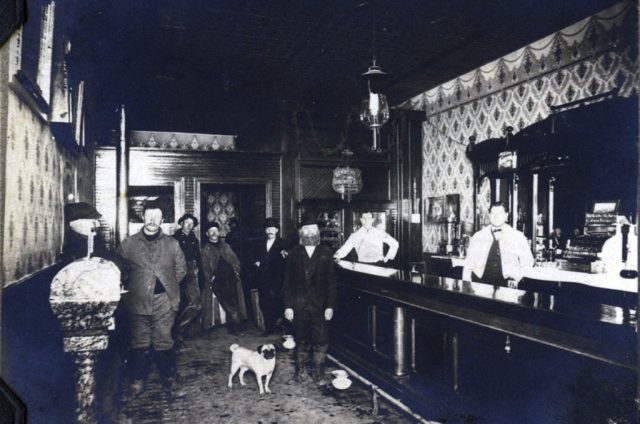
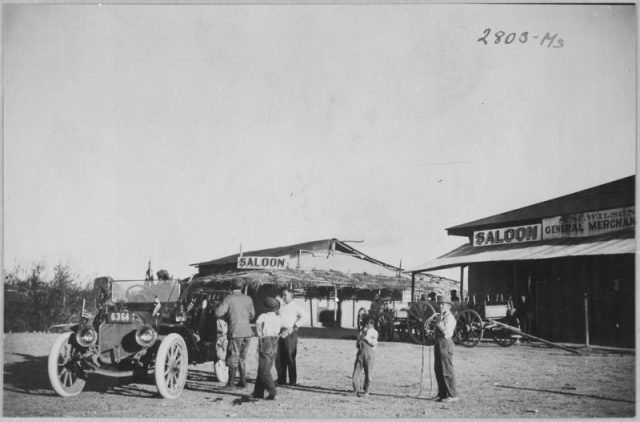
Though saloons were the first establishments that would pop up in a new town on the American frontier, as time passed they became notorious. The Western saloon world was filled with different vices as much as violence. Oftentimes, fights concluded outside on the dust-filled streets.
The drinks? Well, whiskey was certainly a favorite but was made of crude alcohol, with the addition of small amounts of chewing tobacco and some burnt sugar–who knows what the taste was like. It was known under dozens of different names including Firewater, Dynamite, Redeye, or Bug Juice.
Mix blackberry liquor and whiskey, there you have another drink–the Mule Skinner. One more popular choice: Cactus Wine, which included tequila as well as peyote tea. There was beer too, but unlike today, nobody expected their glass to be ice-cold; the beer was served at room temperature.
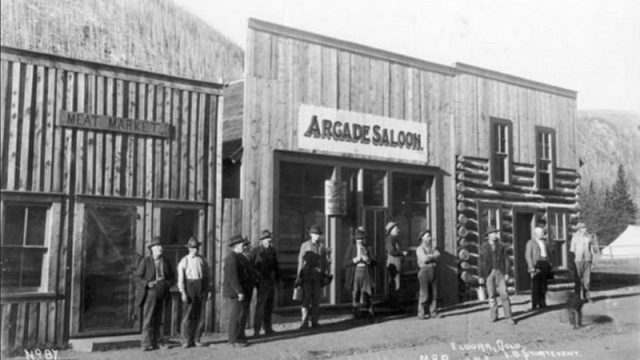
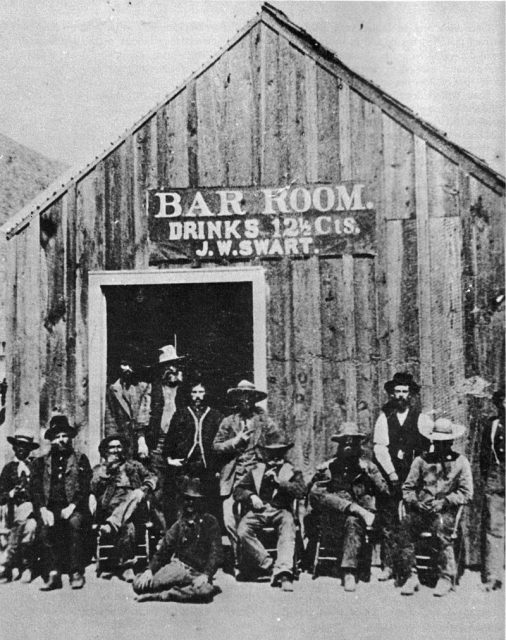
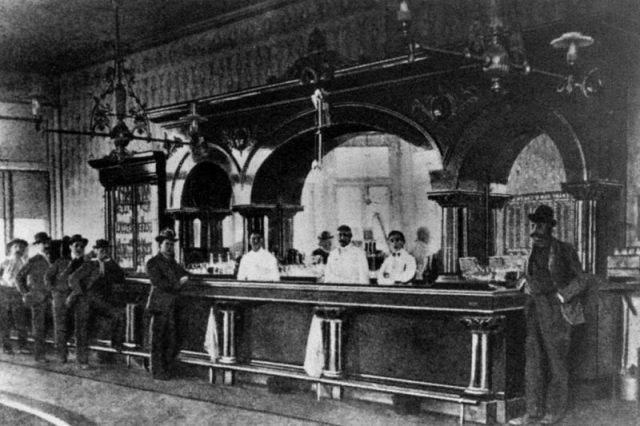
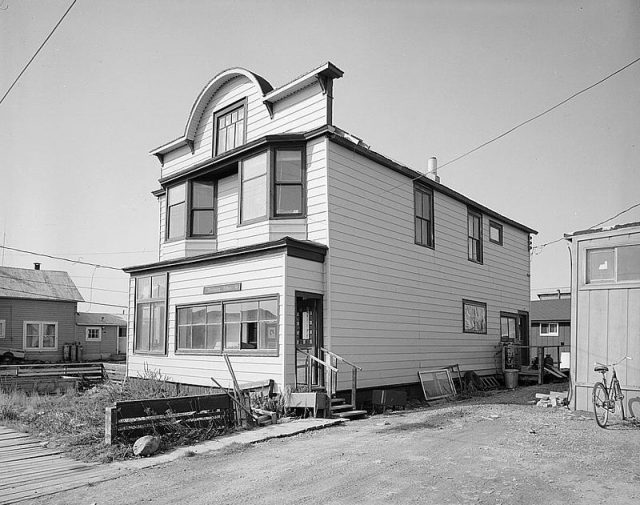
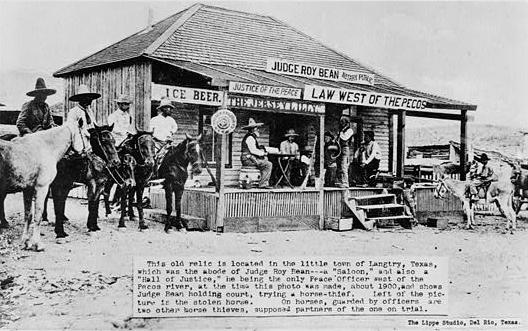
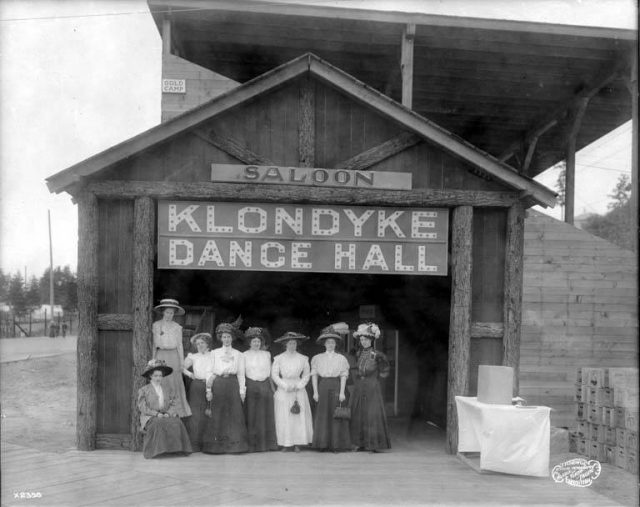
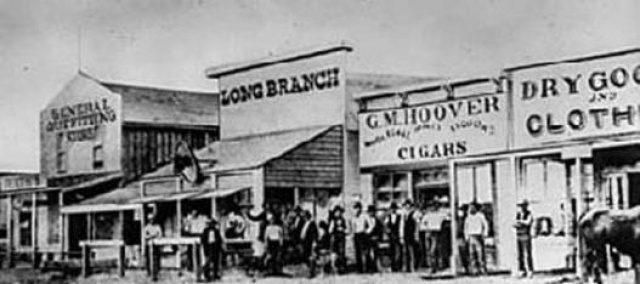
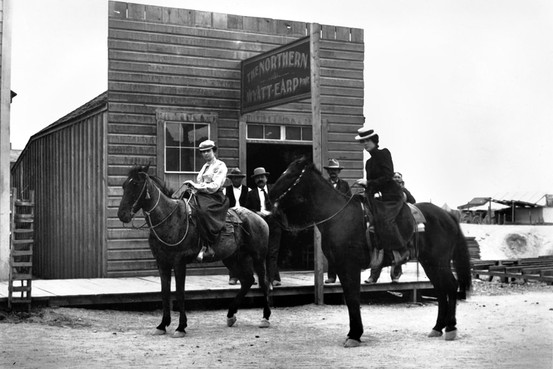
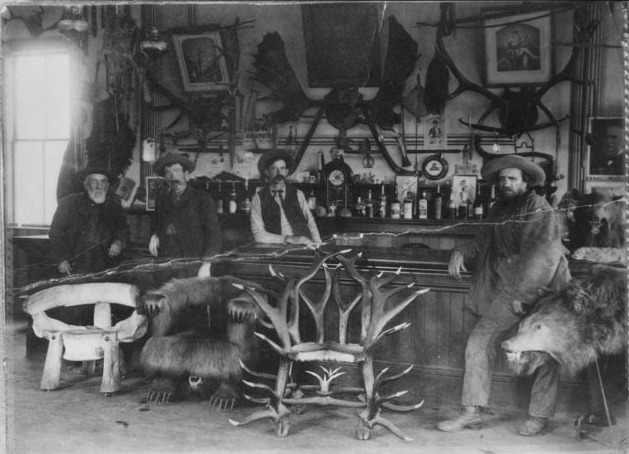
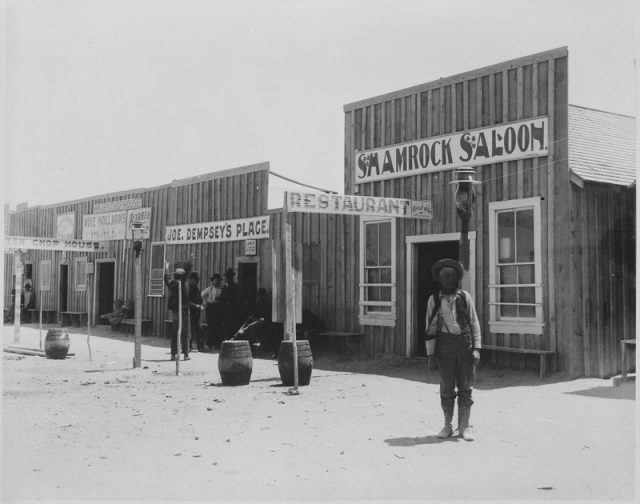
By 1893, the situation seemed so out of control that the Anti-Saloon League was established, determined to end the age of uncompromising debauchery.
Only a few years later, the Anti-Saloon League became one of the key drivers that paved the way for the age of prohibition. However, the image of Old West saloons remained iconic to American culture and has been preserved through numerous films and books.
